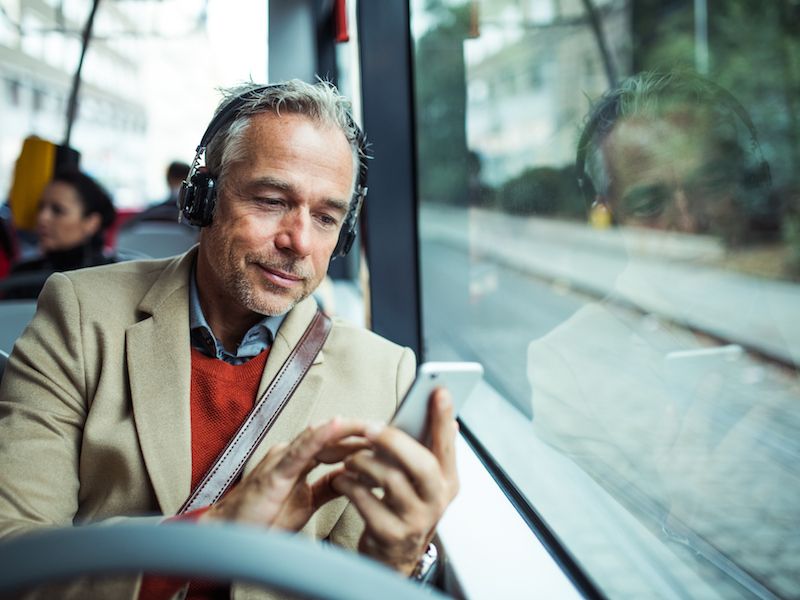
Traditionally, hearing loss is considered to be an issue only effecting older people – in fact, it’s estimated that nearly 50% of individuals who have hearing loss are 75 or older. And though it’s often totally preventable, a new study reveals an alarming number of young people are losing their hearing.
A study of 479 freshmen from three high schools conducted by The National Foundation for the Deaf and Hard of Hearing discovered that there were indications of hearing loss in 34% of them. The reason? It’s assumed that it may be from earbuds and headphones connected to mobile devices. And older people are also susceptible.
In People Who Are Under 60, What Causes Hearing Loss?
There’s an easy rule regarding earbud volume for teenagers and everybody else – if others can hear your music, then the volume is too high. Your hearing can be damaged when you listen to sounds higher than 85 decibels – similar to the volume of a vacuum cleaner – for a prolonged time period. If the volume is turned all the way up on a normal mobile device it’s volume is about 106 decibels. Your hearing is damaged in less than 4 minutes in these situations.
While this sounds like common sense stuff, the truth is kids spend upwards of two hours every day using their devices, and normally they have their earbuds plugged in. They’re listening to music, playing games, or watching videos during this time. And this time is getting longer each year according to current research. Studies reveal that dopamine is activated by smartphones and other devices that have screens, in the brain’s of younger kids, which is literally what addictive drugs do. It will be increasingly challenging to get screens away from kids, and their hearing could suffer because of it.
The Risks of Hearing Loss in Young People
Irrespective of age, it’s obvious that loss of hearing offers many difficulties. Young people, though, face additional issues concerning after school sports, job prospects, and even academics. The student is put at a disadvantage if they have a difficult time hearing and understanding concepts in class due to early hearing loss. And since sports require a lot of listening to teammates and coaches calling plays, sports become a lot more difficult. Teenagers and younger adults who are entering the workforce will have unneeded hurdles if their hearing loss has a detrimental effect on their confidence.
Social problems can also continue because of loss of hearing. Kids with impaired hearing have a more difficult time connecting with friends, which typically results in emotional and social struggles that require therapy. Mental health troubles are typical in people of all ages who have hearing loss because they typically feel isolated and have depression and anxiety. Treating hearing loss in many cases must go hand-in-hand with mental health treatment, particularly during the significant formative phases experienced by teenagers and kids.
How You Can Avoid Loss of Hearing?
The first rule to adhere to is the 60/60 rule – devices and earbuds should only be used for 60 minutes per day at 60% or less of the maximum volume. If you can hear your kids headphones, even if if the volume is at 60%, you need to tell them to turn down the volume.
Also older style over-the-ear headphones might be a better idea than earbuds. Conventional headphones can generate almost 10% less volume compared to in-ear models.
Throughout the day in general, you should do everything you can to reduce your exposure to loud sound. If you try to listen to your tunes without headphones, that is one of the few things you can control. And, you should see us right away if you think you are already suffering from loss of hearing.